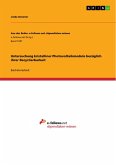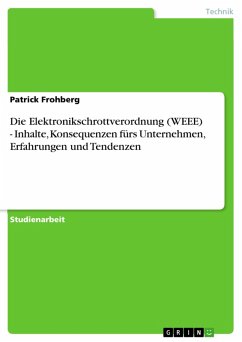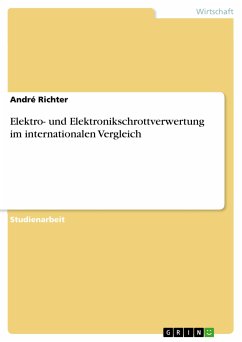Diploma Thesis from the year 2013 in the subject Engineering - Industrial Engineering and Management, grade: 1,0, Technical University of Berlin (Institut für Technischen Umweltschutz - Fachgebiet Abfallwirtschaft), language: English, abstract: [...] Since the majority of Li-ion and NiCd batteries and a large amount of NiMH batteries is disposed of along with the devices they were employed in as energy sources, a huge potential of REE and cobalt is inherent in waste electrical and electronic equipment (WEEE). This thesis inquires about the role of REE and cobalt in WEEE-batteries and assesses the total contained quantities and the actual recovered quantities of REE and cobalt contained in WEEE-batteries. Thereby, the investigation focused on WEEE-batteries of a group of selected equipment types which did arise as waste from the German consumer sector in 2011. For the investigation, a calculation model was developed and furnished by data acquired through literature and market research, plant visits, expert interviews and experimental surveys. The results show that from a theoretical recycling potential of 41.7 ± 7.2 tons of REE in WEEE-batteries, no REE are currently recovered in the sense of a functional recycling. Of the 364.3 ± 63.7 tons of cobalt contained in WEEE-batteries, only 47.8 ± 13.7 tons were separately recovered. The low collection rate of battery powered WEEE was identified as a main causal factor. To increase the collected amount of WEEE-batteries [...]









